
By Sudarshan Sharma
In a quiet stretch of rural Ohio, something extraordinary unfolded this summer, a convergence of faith, memory, and migration that few could have imagined a generation ago. Galion, a town better known for its small-town charm and Midwestern pace, became the epicenter of one of the largest Hindu gatherings ever held in the state.
Over seven days, an estimated 50,000 to 55,000 people, mostly Bhutanese Hindus from across the United States and beyond came together for the Biswa Shanti Maha-Yegya, a sacred World Peace Prayer.
What emerged was more than a religious event. It was a living archive of exile and resilience, a reunion decades in the making, and a bold reimagining of Hindu ritual life in the diaspora. From reconstructed refugee huts and shared kitchens to groundbreaking caste and gender inclusion, the Maha-Yegya transformed farmland into sacred ground welcoming pilgrims, neighbors, and generations of survivors to witness a milestone in Bhutanese-American history.

Organized by the Global Bhutanese Hindu Organization (GBHO), headquartered in Galion, the event received vital support from the Morrow County Commissioners’ Office and the County Sheriff’s Department. Yet, the magnitude of the event would not have been possible without the visionary leadership of Mr. Kamal Dhimal, GBHO’s founding president.
“It was not just leadership, it was the exceptional team of volunteers, led by professionals with years of management experience, that made this possible,” said Pralad Mishra, also a founding member of the organization.
The coordination effort was meticulously designed: the event was broken into multiple departments, each helmed by experts from various sectors including IT professionals, nonprofit executives, and business entrepreneurs all contributing their time and skills to ensure a seamless experience for tens of thousands of attendees. From logistical coordination to meal services and devotional programming, every detail was attended to with care.
Each of the seven days centered around specific rituals and themes. Daily activities included peace prayers, scriptural recitations, discourses, and bhajans (devotional songs) that closed each evening.
“Our objective was to offer prayers for global peace, spiritual awakening, and collective healing,” noted GBHO Chairperson Narad Adhikari. Mental health and emotional restoration emerged as recurring themes throughout the week. Many attendees, themselves survivors of prolonged displacement, exile, and generational trauma, found solace and strength in communal reflection and ritual.
A poignant moment unfolded on the seventh day: in remembrance of those who died inside Bhutanese prisons in the 1990s, the names of 67 individuals were solemnly read aloud before a sea of flickering lamps of over 10 million bati prajwalan, symbolizing the final departure of lives lost in the fight for human rights and democracy. It was both a farewell and a declaration of unyielding memory and resistance.
Despite its solemn purpose, the event also radiated joy. For many, it marked the first time since resettlement began in 2008 that such a large number of Bhutanese Hindus could gather in one place to celebrate life, culture, and survival. This community, once a small ethnic and religious minority in Bhutan before being forcefully evicted in the early 1990s, now found reunion and recognition on a global stage.
“For me, it was a reunion,” shared Jay Subedi, Syracus, NY-based entrepreneur and GBHO founding member, who reunited with a childhood friend after 35 years.
Emotions ran high throughout the grounds. Jawal Ragmi, a former teacher in Bhutan instrumental in developing the refugee camp school system, spoke of the overwhelming joy he felt witnessing the thriving diaspora community.
Durga Giri, founder of Bhutan’s first political party, traveled from the United Kingdom and humbly pitched a tent on the GBHO grounds to attend the entire event.

Attendees represented 11 countries, including India, Nepal, and Bhutan, as well as eight resettled nations. Their flags were raised in a ceremonial display at the heart of the gathering space, where the world’s largest Kalash, a sacred Hindu urn, was also inaugurated. Standing exactly 11 feet tall, the Kalash symbolized purity, abundance, and the spiritual rebirth of a people now spread into 11 countries.
Among the most moving and talked-about installations was the Model Refugee Hut, a bamboo replica of the types of homes once found in the refugee camps of Jhapa, Nepal. For older attendees, it evoked powerful memories of life in exile; for younger generations, it served as a visceral lesson in history. One 90-year-old grandmother, visiting with her grandchildren and great-grandchildren, was brought to tears. “This looks exactly like where I raised my family for nearly two decades,” she said.

For others, the hut was both educational and emotionally jarring. “It’s unimaginable,” said Kalyan Nepal, a Columbus-based mortgage loan officer. “Now even a four-room house feels small, but we once lived eight people in this hut.” The exhibit quickly became one of the most photographed parts of the event, with TikTokers and youth lining up to film their own short videos, reflecting on “life in a refugee camp.”
“It might be the most photographed site in the entire festival,” remarked Tika Adhikari, a Kentucky-based donor and owner of Freedom Daycare LLC and Freedom Home Health. “It’s where memory and identity converge.”
Like Tika Adhikari, many Bhutanese-American entrepreneurs not only made generous donations to support the event’s financial needs, but also mobilized resources to ensure logistical success. Several providers brought their clients to participate, while others offered their company vans and buses as shuttles, transporting devotees to and from off-site parking locations.
One such contributor was Netra Acharya, a Pennsylvania-based entrepreneur, who publicly announced that he would cover the full cost of food for Sunday’s gathering in memory of his ancestors. This meant providing three meals to more than 15,000 people in a single day. Other business owners followed suit, either sponsoring specific days or making general contributions to the overall event budget.
“Without the contributions from our community members, this event would not have been financially feasible,” said Toya Acharya, GBHO treasurer. While major donors helped build the financial foundation, it was the small contributions ranging from $10 to $100 that made the effort truly collective. “Every dollar from every devotee mattered,” Acharya added.
The Biswa Shanti Maha-Yegya was not limited to Bhutanese attendees. Members of the broader Hindu community, including Indian-Americans and Western practitioners of Hinduism, also participated as spiritual pilgrims. In just a few years since its establishment, the GBHO Om Center, it has evolved into a significant regional site of worship and, for some, a sacred place of pilgrimage.
“The large Kalash and the reconstructed bamboo hut offered a powerful glimpse into the past lives of immigrant refugees,” said Amit Gupta, a researcher at Battelle Memorial Institute and a first-time visitor to the event.
Others came simply out of curiosity and left deeply moved. One such attendee from Mansfield, Ohio, about 20 miles from the venue, expressed joy in seeing the Bhutanese Hindu community “finally find a space of its own.”

Local support was also tangible. At least four non-Bhutanese families from the neighborhood volunteered during the week. Among them was 23-year-old Justin Cole, who built a makeshift “hay-drive path” to rescue vehicles when the parking area turned muddy due to intermittent rain.
Despite the success, parking and traffic presented major challenges. Organizers initially estimated a weekend capacity of 1,000 vehicles. Instead, they faced an overwhelming influx: approximately 3,500 cars on Saturday, and 4,500 to 5,000 on Sunday. “We were stunned,” said Ragu Pyakurel, a radiologist who volunteered on the parking team. “The conditions weren’t ideal on the open fields, unexpected rain, soft ground, it was stressful for volunteers.”
Thanks to the cooperation of the Morrow County Sheriff’s Office and tireless volunteers, no major accidents were reported. “Thank goodness,” said Shyam Gautam, a member of the planning committee.
“It was a massive undertaking to manage over 10,000 cars under these conditions.” Ghanshyam Giri, a former school resource teacher who also volunteered for parking duty, echoed the sentiment: “It took a community effort to make it all work.”
Beyond its size and organization, what set this Maha-Yegya apart was its cultural and spiritual boldness. “This event broke barriers,” said Gyanu Dulal, who oversaw kitchen operations and daily food service for a total of 50,000 people. Traditionally in Hindu societies, eating arrangements are dictated by caste, with strict norms about who may dine with whom. “That didn’t happen here,” Dulal emphasized.
“Everyone ate together, regardless of last name or caste.”
The same spirit of inclusion extended to the rituals and religious discourse.
The main stage, historically reserved for male Brahmin priests, was shared by a diverse group of spiritual leaders. “Of the 108 Bhagawat Bachaks (scripture readers), 35 were women,” said principal organizer Kamal Dhimal.
Moreover, a dedicated space was set aside where any devotee could read aloud from sacred scriptures of their choice, a powerful gesture toward religious egalitarianism. Among those who participated was Mr. Birkhan B. Tamang, who sat alongside high priests and read from Hindu scriptures. Traditionally, his last name is not associated with the Hindu priestly class, and his presence in such a sacred role would have been unthinkable in a similar religious setting just a decade ago.
In one of the most symbolic acts of the week, Mr. Arjun Pandit, a Dalit scholar and priest, delivered a discourse from the main pulpit alongside high-caste Brahmin priests. His presence and voice, amplified from the central stage, marked a profound departure from over 3,000 years of hierarchical tradition in Hindu ritual practice.

“This was a historic moment,” Dhimal reflected. “It set a new precedent. It showed that devotion knows no caste.”
As the final lamps flickered and prayers echoed into the Ohio dusk, the Biswa Shanti Maha-Yegya left behind more than just memories. It left a movement. A movement defined not only by its scale but by its spirit: inclusive, intergenerational, and unwaveringly rooted in both faith and transformation. In a world fractured by displacement and division, this gathering proved that healing is not only possible but powerful when carried out together.
In Galion, a new chapter in the Bhutanese Hindu diaspora was written—one not just of survival, but of sovereignty, spirituality, and shared rebirth. And perhaps, in that reclaimed space of ritual and reunion, a kind of world peace was indeed momentarily found.
Support the New Americans magazine to continue to serve our community with precise news that affects the new American, immigrant and refugee community. https://paypal.com/donate/?hosted_button_id=8LHFS78NRNJJY&source=url











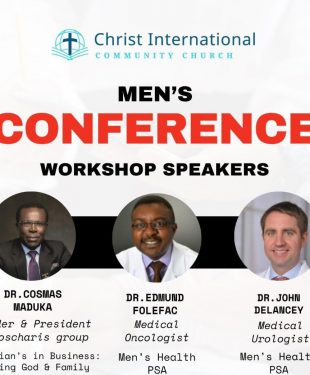

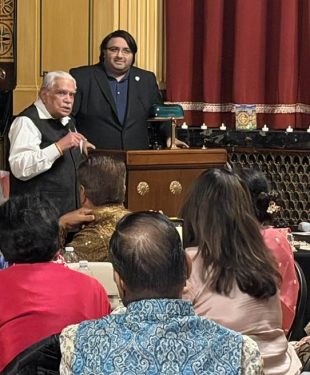
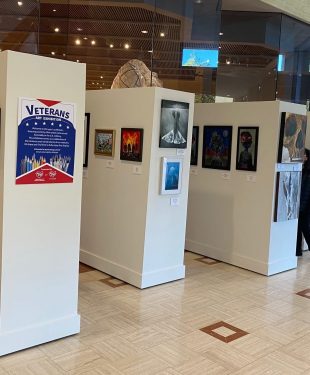
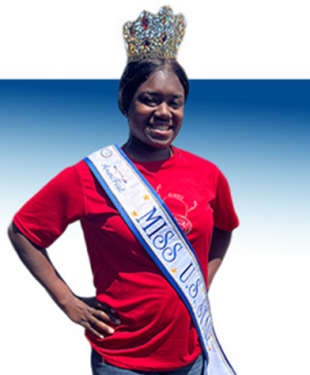

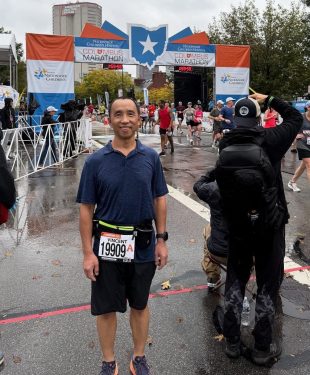
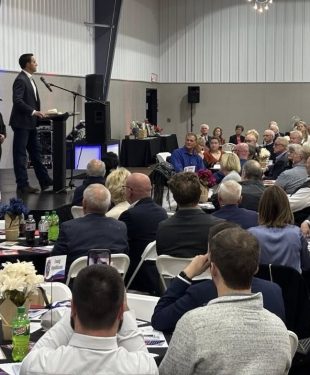

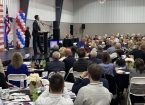




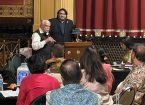

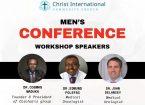

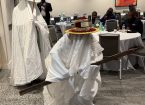


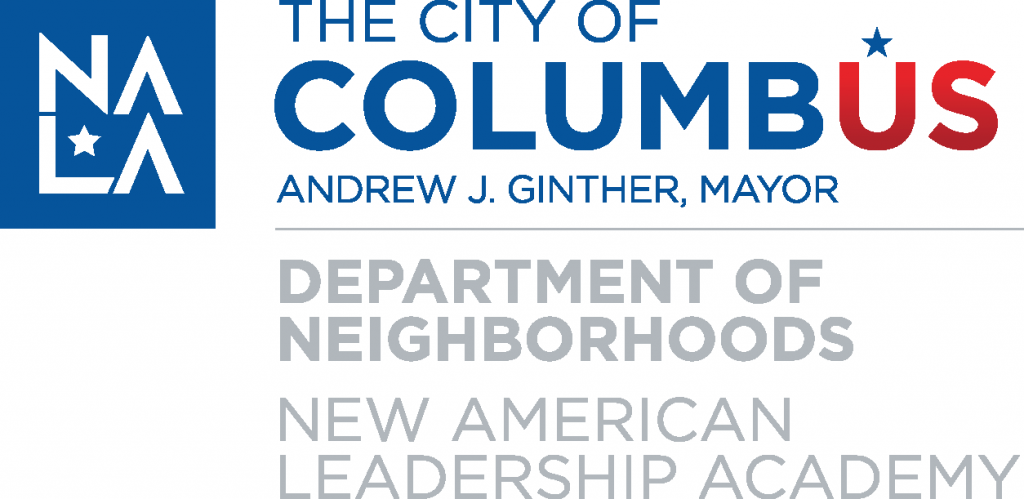



Leave a Reply
You must be logged in to post a comment.